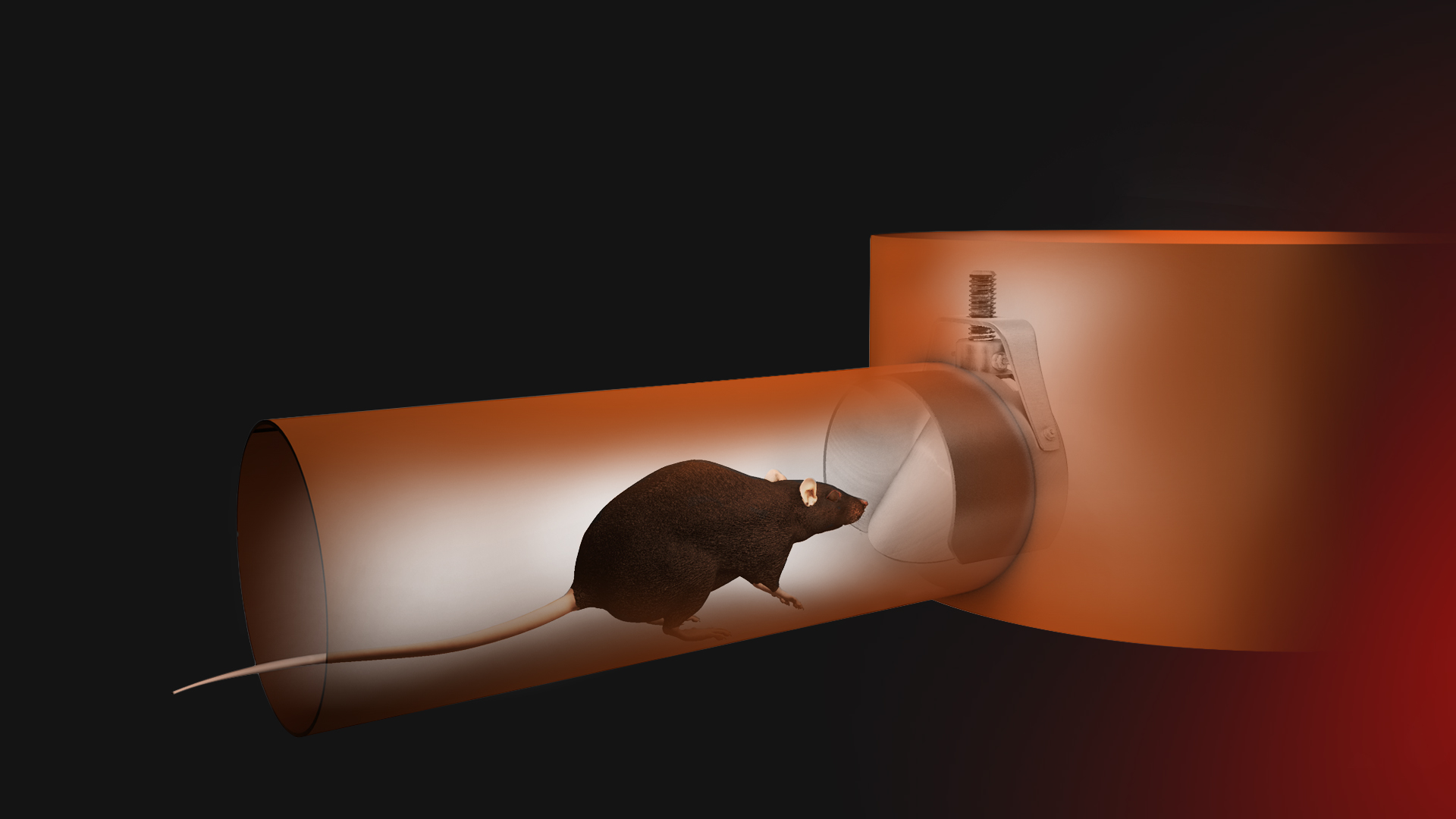Good vs Bad Rat Blockers
Britain’s rat population has grown bigger and bolder over the last year, attracted by the increasing amount of waste produced by people. And as the weather cools for autumn and winter, rats begin to seek shelter in our homes.
Rats thrive alongside humans and seek warmth, food, and build nests within buildings. They use drains to travel unnoticed into properties, and can chew through the flexible toilet pan connector or even swim around the U-bend of the toilet.
Installing a rat blocker is a way of stopping rats from climbing up drain pipes to invade your home. Rat blockers are basically a one-way valve for rats. Inserted into a drain, they stop rats moving through the pipe towards a property, while allowing the drain to function as normal. But how do you know which rat blockers are reliable? More and more are appearing on the market – here are a few tips on what to look for in a rat blocker to ensure your money isn’t wasted.
What’s it made of?
Rats can chew through a number of materials, including wood, plastic, wires and aluminium. Their front teeth grow 4.5 – 5.5 inches a year and they keep them short by constantly gnawing on materials around them. Make sure your rat blocker made of stainless steel or other hard metals, so it’s chew-proof and durable and doesn’t rust or degrade. For example, the Nordisk TX11 is manufactured from marine grade 316 stainless steel for installation into demanding environments.
Quality of construction
A rat blocker will sit in the drain in for years, exposed to water and sewage, so you’ll want it to last. Check any hinges or movable parts as well – do they look robust? Could they cause an obstruction? Could they seize?
How the rat blocker fits into the drain is also important. Is it the right size for the pipe in your inspection chamber? Does it mount into the drain properly and securely? Could it come loose or slip down the drain? For example, the Metex Ratwall rat blocker has a curved flap to fit the shape of the pipe and a unique external hinge block which allows waste to flow through unobstructed and ensures that the unit cannot become dislodged and lost into the sewer pipe. Both Ratwall and Nordisk also expand when fitted into place, ensuring a tight fit.
What are its credentials?
Can you trust your rat blocker to do what it claims? To gauge a rat blocker’s quality and reliability, it’s a good idea to look at pest control professionals and drainage engineers – after all, who would know better than the people who use rat blockers regularly in their line of work! Check for testimonials or recommendations from industry professionals when comparing rat blockers – you won’t want to risk your money on an untested product.
You can find Metex Ratwall’s customer testimonials in our Knowledge Base – our network of approved installers is also testament to the quality of our rat blockers. And this is what Charlie DIYte had to say about the Nordisk TX11! The Metex Nordisk range is also the only Rat Blocker to achieve WRc Approval, the benchmark within the UK water industry.
These are some of the things you’ll need to consider when looking for a rat blocker to rat proof your house. We hope these tips have helped you find a quality rat blocker that will last for years! Remember that all rat blockers still need regular maintenance – you can read more about looking after your rat blocker HERE.
Fitting a rat blocker will prevent rats from invading your home through the drains, but if you already have rats in your house and they’re comfortable with a food and water source, then the rat blocker alone will not guarantee they’ll leave – it’ll just prevent more from getting in through the drains. The whole building must be considered with all possible entry points examined and addressed, and if you already have rats in your home (scratching in the loft can be a tell-tale sign!), we recommend consulting a professional pest controller to completely eliminate the rat infestation and stop it from reoccurring.
Find out more about non-toxic rodent proofing in our Pest Control Knowledge Base.







